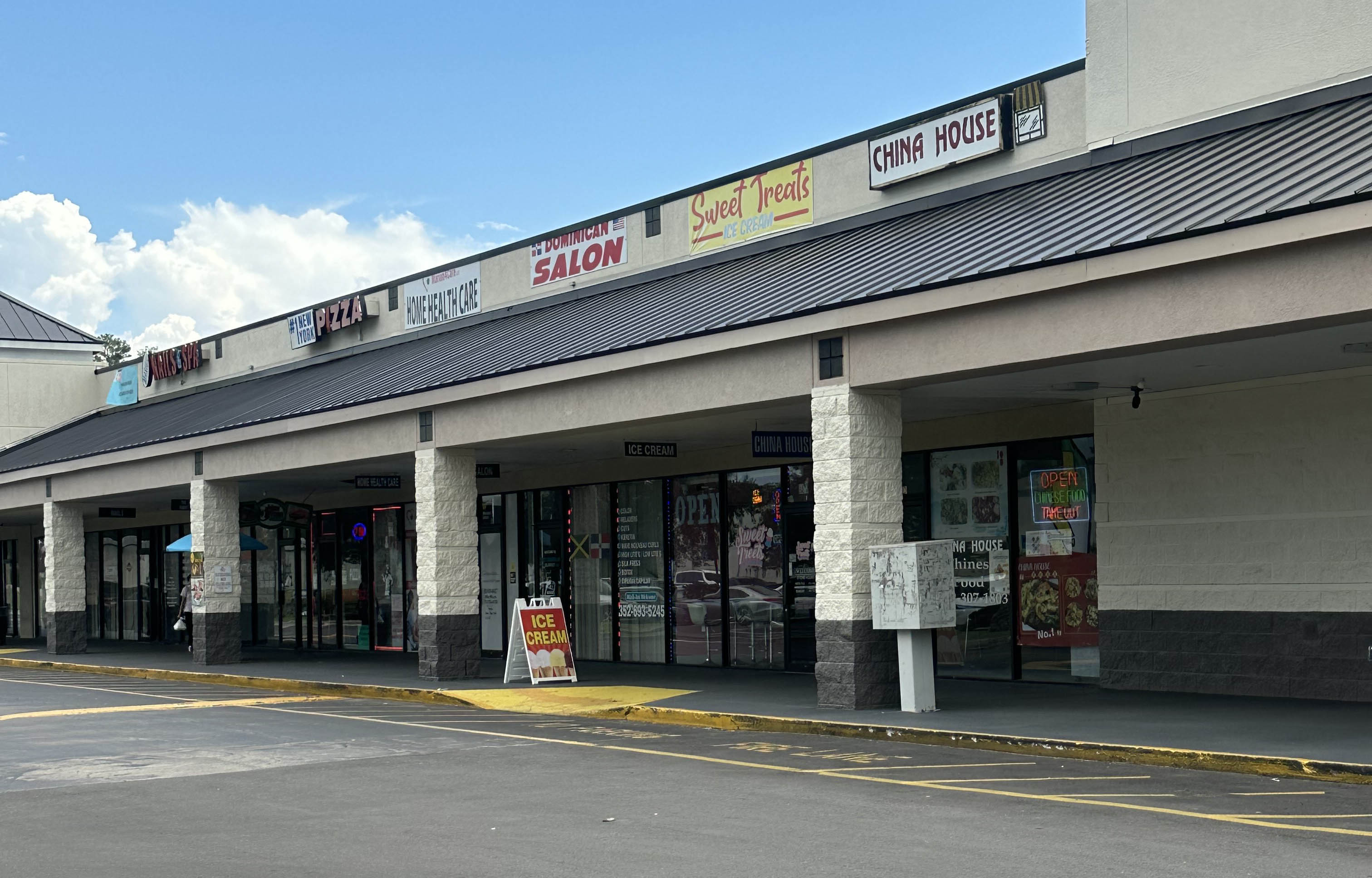News:
Brokerage
Posted: November 13, 2015
Newmark Grubb Knight Frank publishes Global Cities: The 2016 Report
New York, NY Newmark Grubb Knight Frank (NGKF) has published Global Cities: The 2016 Report. The report sets the context for investors by saying that five new cities, each the size of Los Angeles, will need to be built every year for the next five years to accommodate the expected 380 million new city dwellers. The report predicts that the number of people moving to cities over the next five years will be more than three times the current population of Japan, as they try to make the most of the economic advantages cities increasingly deliver. Through research and evidence from many leading and emerging cities in the global economy, NGKF has observed a number of worldwide trends for the 2016 real estate market.
Manhattan Experiencing a Transformational Wave of New Development
With 26 million s/f of new office space slated for completion, New York City is in the midst of a construction renaissance similar to that of the 1980s, when more than 50 million s/f of space was built. “Inactivity in Manhattan’s construction pipeline over the past 15 years has created substantial pent up demand for modern offices,” noted Managing Director Jonathan Mazur. The lack of modern office product in Manhattan’s traditional business corridors, coupled with growing demand from the expanding TAMI (Technology, Advertising, Media, and Information) sector, has driven the large-scale development projects underway on the Far West Side and at the World Trade Center site.
Office Location and Layout Play a Key Role in Attracting and Retaining the Best Workplace Talent
According to the report, having an office that is both an inspiring and enjoyable place to work is now a critical, cost-effective way to successfully attract the world’s most talented employees. The report highlights a shift in thinking and demonstrates why our future offices must break the mould of the past two decades. If organizations want to attract the best and keep their workforce, they need to create spaces that their staff will want to work in. The modern attractive office combines collaborative spaces with individual work areas, as well as provides amenities that encourage people to think of work as an extension of home.
Global Demand for Short-Term Rental Accommodation Rises, Offering Investors Long-Term Rewards
The report highlights that short-term assignments are forecast to grow to over a fifth of all international relocations in the three years to 2017 meanwhile, long-term assignments are expected to fall from 52 percent to 45 percent over the same period. The reward from higher rental values, which are typically double those in the long-term market, is balanced by the greater risk of void periods. However, private lets below a certain period of time are restricted in many key markets around the world.
Retail Success in Global Cities Depends on a Tailored Approach
The report examines the future of real estate in the world’s leading cities and how retail occupiers can make the most of the increasingly global market. The four key options for overseas market entry include: organic expansion, acquisition of a local operator, collaboration with a local player, or franchising. Although, each option comes with its own level of financial risk and reward, aborted international ventures invariably stem from a retailer rigidly trying to impose its domestic values on its new market, rather than tailor its proposition to meet local demands.
Rapid Urbanization Creating Huge Real Estate Opportunities
The report also highlights five key trends that investors should bear in mind when deciding how and where to invest in the growth of cities:
- Expansion of infrastructure – a series of mega infrastructure projects coming to fruition around the world this year such as a new airport in Dubai, an industrial corridor in India and other new transport hubs will create significant development opportunities
- Need for mixed use – the growth in city-living has brought back a focus on how best to integrate the way in which people live, work and play in cities. This offers a diversified opportunity to investors that also exposes them to a fast-growing trend.
- Deregulation freeing up opportunities - changes to regulation are freeing up ownership restrictions or enabling new investment vehicles, such as the Free Trade Agreement between China and Australia.
- Importance of specialist property – investors should no longer think just in terms of commercial or residential, but also consider the specialist sector, including accommodation for the elderly or students, automotive, hotels and even the private rental sector. There are various reasons for this, such as the growth in the number of elderly and students, as well as the need for investors to diversify.
- Think shorter term- The imbalance between supply and demand means longer leases are less available and so investors are moving to factor in capital values and rental growth prospects.
Tags:
Brokerage
MORE FROM Brokerage
Delisle and Monahan of Island Associates lease 45,000 s/f to Giunta’s Meat Farms at Strathmore Commons
Middle Island, NY Roger Delisle and Robert Monahan of Island Associates negotiated the lease for the Giunta’s Meat Farms to occupy 45,000 s/f at Strathmore Commons.

Columns and Thought Leadership

Behind the post: Why reels, stories, and shorts work for CRE (and how to use them) - by Kimberly Zar Bloorian
Let’s be real: if you’re still only posting photos of properties, you’re missing out. Reels, Stories, and Shorts are where attention lives, and in commercial real estate, attention is currency.

AI comes to public relations, but be cautious, experts say - by Harry Zlokower
Last month Bisnow scheduled the New York AI & Technology cocktail event on commercial real estate, moderated by Tal Kerret, president, Silverstein Properties, and including tech officers from Rudin Management, Silverstein Properties, structural engineering company Thornton Tomasetti and the founder of Overlay Capital Build,

Strategic pause - by Shallini Mehra and Chirag Doshi
Many investors are in a period of strategic pause as New York City’s mayoral race approaches. A major inflection point came with the Democratic primary victory of Zohran Mamdani, a staunch tenant advocate, with a progressive housing platform which supports rent freezes for rent

Lasting effects of eminent domain on commercial development - by Sebastian Jablonski
The state has the authority to seize all or part of privately owned commercial real estate for public use by the power of eminent domain. Although the state is constitutionally required to provide just compensation to the property owner, it frequently fails to account








.jpg)

.gif)